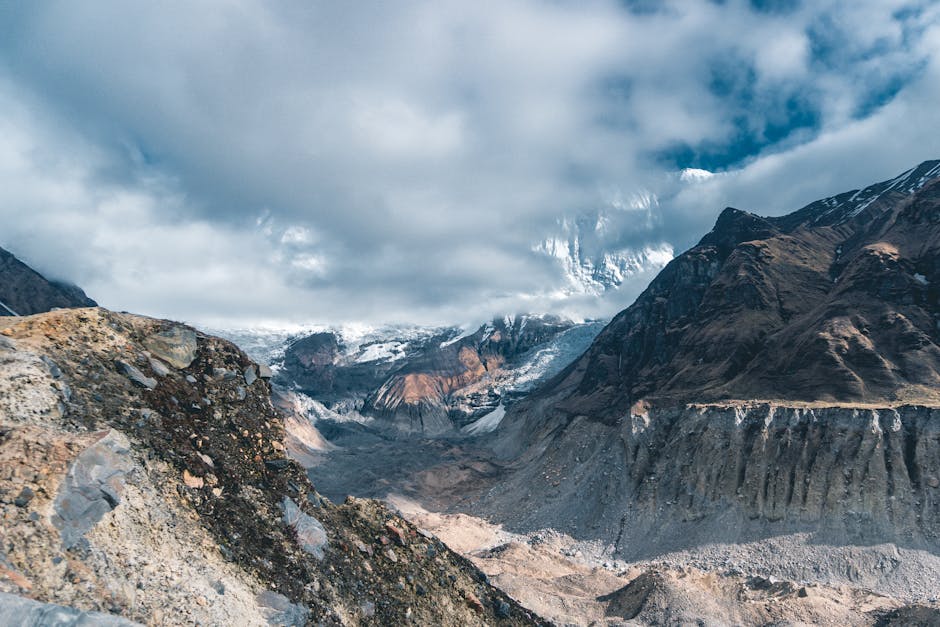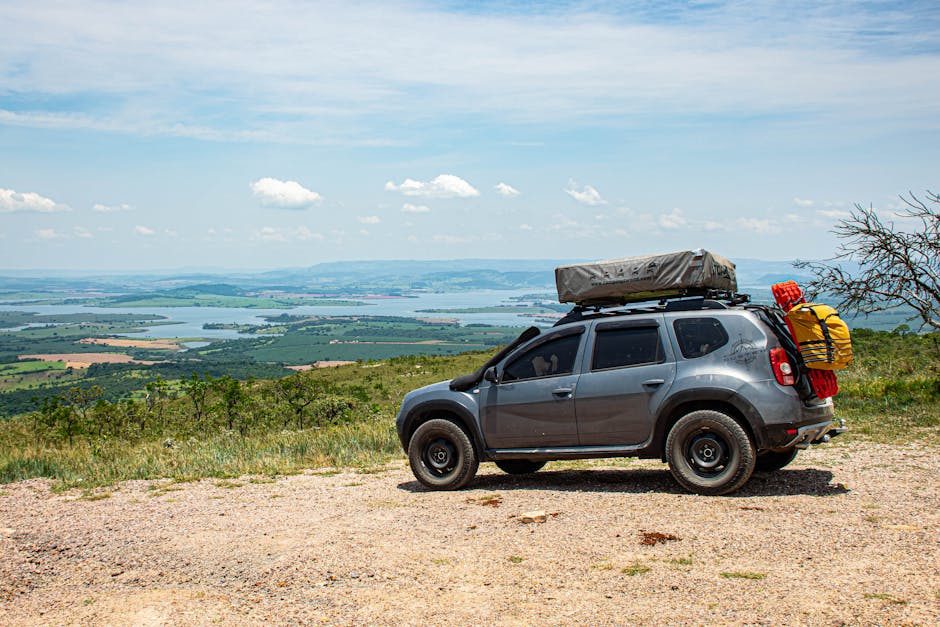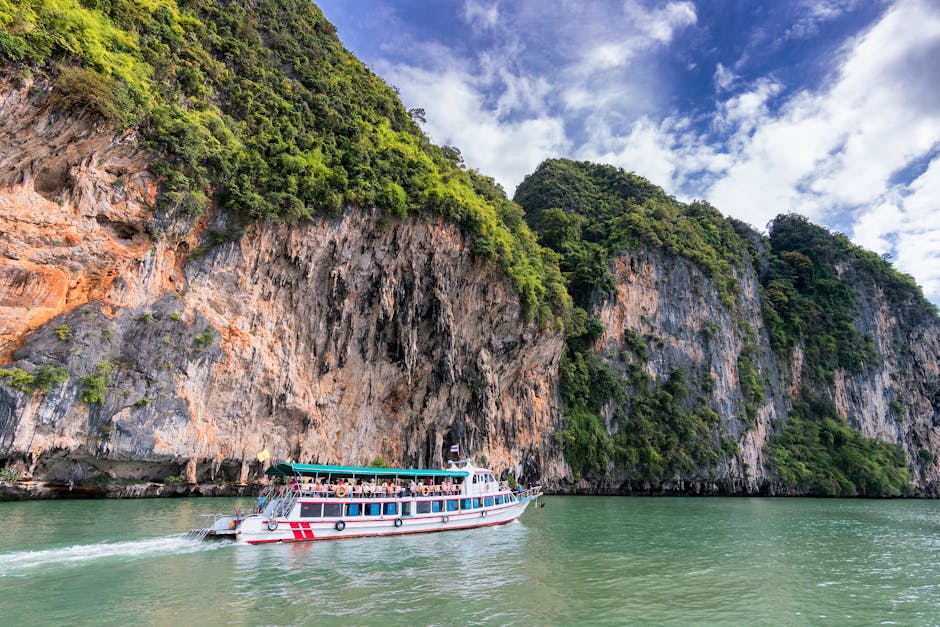Everest's Ascent: A Brutal Beauty Unmasked
Let's be frank: Reaching Everest Base Camp is a grueling undertaking, far removed from the postcard perfection. Serene vistas and effortless strides, the romanticized tropes, are mere illusions. The reality? A relentless, seemingly interminable climb, each footfall a battle against thinning air, the ever-present specter of altitude sickness a chilling companion. The trail itself, while breathtaking in its raw magnificence, presents a treacherous gauntlet of precipitous ascents and unnerving descents. Expect protracted days, often exceeding eight hours of arduous trekking, concluding in cramped teahouses, where the symphony of snores from fellow adventurers provides an inescapable lullaby. The challenge isn't solely physical; a gnawing mental fatigue, amplified by the altitude's energy-sapping effects, can test even the most resolute spirit. Forget leisurely strolls; envision a high-altitude marathon, each breath a hard-won victory.
A Cultural Tapestry: Respectful Immersion in the Himalayas
Beyond the towering peaks, a profound cultural immersion awaits, but it demands mindful engagement, not passive observation. You are a temporary guest in a vibrant, yet fragile ecosystem, a living testament to Sherpa traditions intertwining with the burgeoning tourism industry. Local communities find their livelihoods intertwined with the trekking economy, creating a delicate balance between economic opportunity and environmental strain. Respectful engagement is not merely a suggestion; it's a fundamental obligation. This necessitates more than a simple visit; active participation, including learning basic Nepali phrases, patronizing local enterprises instead of solely relying on established lodges, and minimizing your environmental impact, are paramount for ethical trekking. Consider the region a masterfully woven tapestry; admire its intricate beauty, but never tamper with its delicate threads.
Altitude's Malign Grip: A Silent Threat
Altitude sickness lurks as an insidious foe, capable of transforming aspirations into harrowing ordeals. The question isn't if it strikes, but when, and with what severity. This is no mere headache; debilitating nausea, breathlessness, and potentially life-threatening conditions like High Altitude Pulmonary Edema (HAPE) and High Altitude Cerebral Edema (HACE) can swiftly descend. Acclimatization is crucial, yet even meticulous planning can't fully neutralize the mountains' capricious nature. Individual responses to altitude are as unique as fingerprints, underscoring the paramount importance of carefully heeding your body’s signals. This is a delicate negotiation; your body is striving for adaptation, and its success hinges on your cooperation. Ignoring symptoms is not merely unwise; it's a perilous gamble, potentially jeopardizing your entire expedition.
Ecological Stewardship: Preserving Everest's Legacy
The pristine grandeur of the Everest region faces increasing pressures from the relentless influx of trekkers. The trails are literally eroding underfoot, and waste management remains a persistent challenge. Each discarded plastic bottle, each wrapper carelessly tossed, contributes to the growing scar of litter marring this precious landscape. Picture the mountains as an ancient library, brimming with invaluable, irreplaceable treasures; we are but transient visitors, entrusted with the sacred duty of leaving this magnificent place in even better condition than we found it. Employing reusable water bottles, selecting environmentally conscious trekking agencies, and active participation in cleanup initiatives are not mere acts of kindness but essential pillars of responsible adventure travel.
Navigating the Trails with Integrity: A Pathfinder's Guide
Prioritizing ethical trekking operators isn't a mere preference; it's paramount. Forget bargain-basement expeditions. Instead, champion enterprises steadfastly dedicated to ecological stewardship, equitable compensation for their personnel, and meticulous waste reduction. Scrutinize their environmental covenants and community outreach programs with the acuity of a hawk. Selecting a trekking company mirrors choosing a surgeon—you wouldn't compromise on skill when your well-being hangs in the balance. Your decision profoundly impacts the prosperity of local populations and the enduring health of the environment. Demand transparency; don't shy away from probing inquiries.
Forging Fitness: Beyond Mere Locomotion
Physical conditioning is non-negotiable. Underestimating the arduousness of these trails would be a grave error. Embark on a rigorous training regimen months prior to your departure, honing cardiovascular stamina and muscular strength. Envision your body as a finely calibrated machine—it demands meticulous preparation and diligent upkeep to withstand the rigors of the trek. This isn't simply about ambulatory capability; it's about cultivating resilience, both physical and mental, to conquer inevitable obstacles.
Cultural Immersion: A Reciprocal Journey, Not a Conquest
Approach cultural immersion with reverence and genuine humility. Mastering a few rudimentary Nepali phrases is a commendable starting point. Engage authentically with the locals, patronizing their businesses and fostering meaningful connections. Consider this expedition a mutually beneficial exchange, not a domineering expedition. Honor their ancestral customs, cherish their unique lifestyle, and strive to leave a legacy of positive impact upon the communities you traverse. Remember, it's not about amassing a collection of photographs; it's about fostering genuine interaction and profound understanding.
Embracing the Unpredictable: Authenticity over Artificial Perfection
Let's face it: unforeseen circumstances are inevitable. Expect setbacks, unexpected difficulties, and moments of discomfort. Yet, within these imperfections lies the crucible of personal growth and transformative experiences. The relentless pursuit of picture-perfect Instagram moments frequently eclipses the true spirit of the adventure. Embrace the unforeseen, glean wisdom from adversity, and savor the entire odyssey, not just the final destination. Your recollections should be rich tapestries of genuine encounters, not merely a curated portfolio of aesthetically pleasing images.






